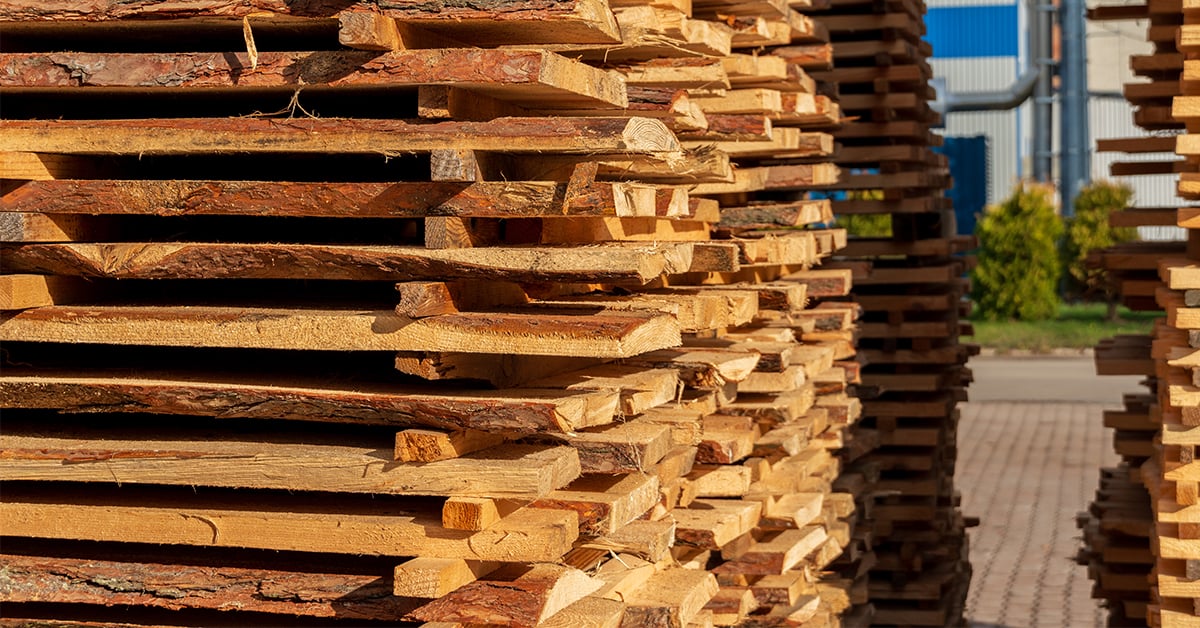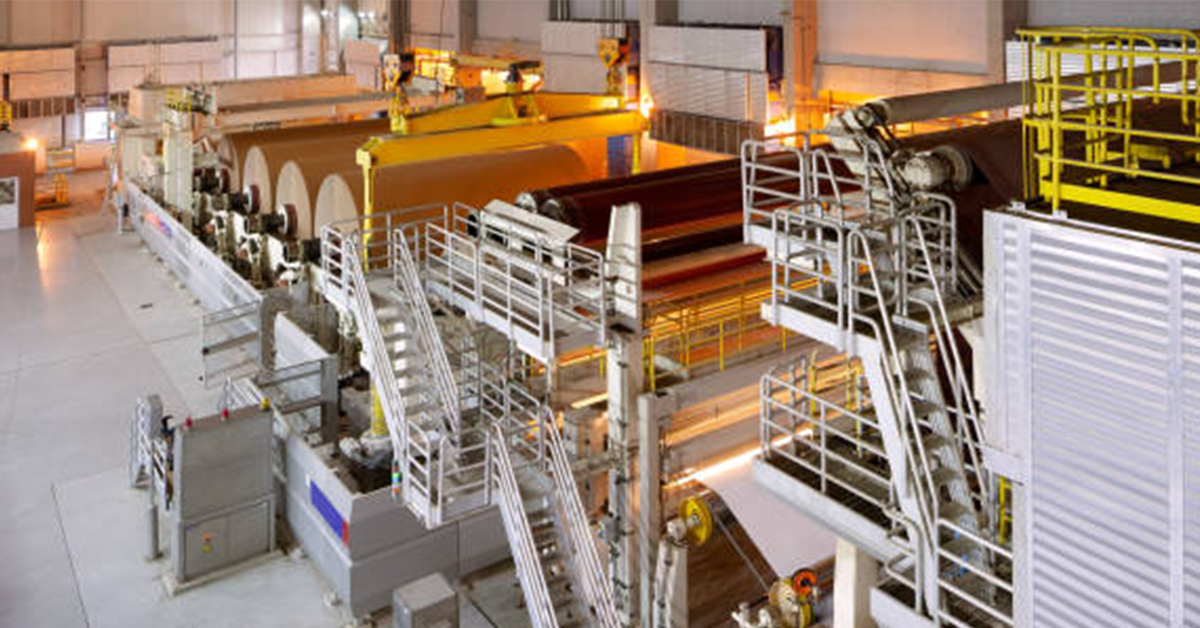4 min read
U.S. Section 232 Tariffs on Lumber: Navigating the New Trade Landscape
 Audrey Dixon
:
Oct 1, 2025 2:19:43 PM
Audrey Dixon
:
Oct 1, 2025 2:19:43 PM

On September 29, 2025, President Trump signed a proclamation invoking Section 232 of the Trade Expansion Act of 1962, imposing tariffs on imports of timber, lumber, and derivative wood products such as cabinets and furniture. This bold move, aimed at bolstering U.S. industry and addressing national security concerns tied to foreign subsidies and supply chain vulnerabilities, has sparked mixed reactions. While domestic producers cheer, builders and importers brace for higher costs.
Background: Section 232 and Lumber Tariffs
Section 232 empowers the U.S. President to restrict imports threatening national security. Historically applied to metals such as steel and aluminum, its 2025 expansion to wood products reflects growing concerns about the U.S. lumber industry's vulnerability.
The U.S. relies on Canada for ~25% of its softwood lumber, critical for construction, furniture, and manufacturing. However, decades-long trade disputes, resulting in countervailing (CVD) and anti-dumping duties (ADD) now averaging more than 35% on Canadian softwood, have strained relations.
The new tariffs, effective October 14, 2025, aim to counter foreign overcapacity and predatory pricing, following a Commerce Department investigation. The investigation into the wood and furniture sector began after an Executive Order on March 1, 2025, highlighted perceived unfair foreign practices eroding U.S. capacity. Commerce began the investigation on March 10 and delivered a report on July 1 recommending phased duties to safeguard supply chains.
Tariff Details: What's Changing?
The proclamation introduces phased, product-specific tariffs, prioritizing construction-grade softwood but extending to derivatives such as cabinets and furniture. Key details include:
- Effective October 14, 2025:
- 10% on softwood timber and lumber imports
- 25% on kitchen cabinets, bathroom vanities, and certain upholstered wooden products
- Effective January 1, 2026 (escalation for non-exempt countries):
- 30% on upholstered wooden products
- 50% on cabinets and vanities
- Country-specific caps/exemptions:
- United Kingdom: Max 10% across all wood products
- European Union and Japan: Max 15% (combined with most-favored nation tariffs)
- No exemptions for Canada or Mexico, despite USMCA talks, potentially pushing Canadian duties above 45% when stacked with existing CVD/ADD
These tariffs cover Harmonized Tariff Schedule (HTS) codes like 4403-4409 (softwood), 4412 (plywood), and 9403.30-9403.90 (furniture). The Commerce Department will monitor impacts, with a report due October 1, 2026, potentially expanding to hardwoods or pallets.
Industry Reactions
The U.S. Lumber Coalition and American Kitchen Cabinet Alliance (AKCA) have welcomed the president's proclamation. In a September 30 statement, the Coalition asserted that "The Section 232 tariffs on softwood lumber products imported into the United States from around the world will facilitate the development of the domestic softwood lumber industry, which will strengthen our domestic supply of softwood lumber products.”
The AKCA said the tariffs would "save American cabinet manufacturers from a flood of unfairly traded foreign cabinet imports that are threatening 250,000 cabinet jobs across the country."
Builders and lumber importers, on the other hand, will be less enthusiastic. The National Association of Home Builders (NAHB) has highlighted the impact of tariffs on rising construction costs, worsening the housing affordability crisis. Tariffs could add $5,000-$10,000 per new home.
Canada's government pledged up to C$1.2 billion in aid for its lumber producers in August and has advocated for USMCA renegotiations. British Columbia's forestry sector has called U.S. tariffs "punitive," noting that sawmill closures have risen by 10% in 2025.
Then There's The Market
The softwood lumber trade dispute between the U.S. and Canada, which has led to ever-higher U.S. import duties on Canadian lumber, has lasted for decades. International trade courts have seen plenty of action on this dispute over the years. U.S. lumber producers believe Canadian mills are subsidized through the stumpage system for logs from public land and sell too much lumber, too cheaply, into the U.S. market, undermining domestic sawmills. Canada has consistently refuted all of that.
However, Canadian lumber does meet a quarter of U.S. demand—hence it largely has the backing of U.S. homebuilders through the NAHB, which sees lumber tariffs as exacerbating high costs for builders and worsening the U.S. housing affordability crisis.
There is currently a "Wall of Wood" in the U.S., after Canadian producers increased lumber shipments to the US in the spring in anticipation of the hike to existing ADD and CVD duties in August. Expectations that a large increase in duties would force the closure of Canadian sawmills, lead to shortages, and a boost in lumber prices, overlooked the current weak U.S. demand for lumber, according to Matt Layman. Southern Pine lumber prices have steadily declined in the past five months and in September were 35% lower than in April, ResourceWise data shows.
As U.S. homebuilders now face additional tariff-driven costs, including a 50% tariff on cabinets and vanities, it's hard to see the lumber demand situation improving, even if more Canadian suppliers have to curtail production or close sawmills.
USMCA Implications: Opportunities and Challenges
The USMCA offers partial relief via rules of origin (ROO), pausing duty stacking for qualifying goods (e.g., Canada's 14.54% CVD). About 70% of Canadian lumber and 85% of Mexican exports meet the ≥60% North American content requirement, potentially exempting 40% of U.S. imports.
However, derivatives like cabinets often fail due to Asian components. Non-compliant goods face full stacking (e.g., 45%+ for Canada). Pauses last until April 2026, but threats to invoke Article 32.10 (anti-China provisions) could tighten ROO.
Risks: Retaliation and Disputes
Canada plans November 1 countermeasures targeting U.S. exports like aluminum and whiskey, mirroring 2018. Mexico may impose 20-25% duties on U.S. corn/soy, hitting $15B in ag exports. EU/Japan plan Q1 2026 WTO filings; past disputes took 18-24 months, often with partial refunds. Exporters should monitor Global Affairs Canada lists and diversify to markets like the UK (10% cap). Companies can submit amicus briefs via USTR, noting a 60% success rate for challengers.
Monitoring and Next Steps
Commerce's October 1, 2026, report could expand tariffs to hardwoods (HTS 4401-4411). Quarterly monitoring begins Q4 2025—subscribe to BIS alerts. The July 2026 USMCA review risks withdrawal over migration/drugs, per Trump.
|
Timeline |
Action Item |
|
Oct 14, 2025 |
Duties are effective; update ERP systems. |
|
Nov 1, 2025 |
Canadian retaliation lists published. |
|
Q1 2026 |
WTO filings; ROO audits peak. |
|
Jul 2026 |
USMCA review—lobby via coalitions. |
Navigating the Effects of U.S. Section 232 Lumber Tariffs in 2025
The 2025 Section 232 tariffs on lumber and wood products mark a significant turning point in U.S. trade policy, expanding a national security rationale beyond metals into the construction and furniture sectors. While the measures aim to protect domestic producers and jobs, they come amid already weak demand, high U.S. prices, and a reliance on Canadian softwood that cannot easily be replaced. Builders, importers, and consumers face higher costs, while Canada signals countermeasures that could ripple across multiple industries.
Navigating this new trade landscape will require careful attention to HTS classification, phased tariff schedules, and USMCA compliance, alongside monitoring potential retaliatory actions and WTO disputes. For U.S. industry stakeholders, the tariffs present both an opportunity to strengthen domestic production and a challenge to manage supply chain disruption, cost pressures, and international trade tensions. The months ahead will determine whether these tariffs achieve their intended protective goals or exacerbate the complexities of an already volatile lumber market.




